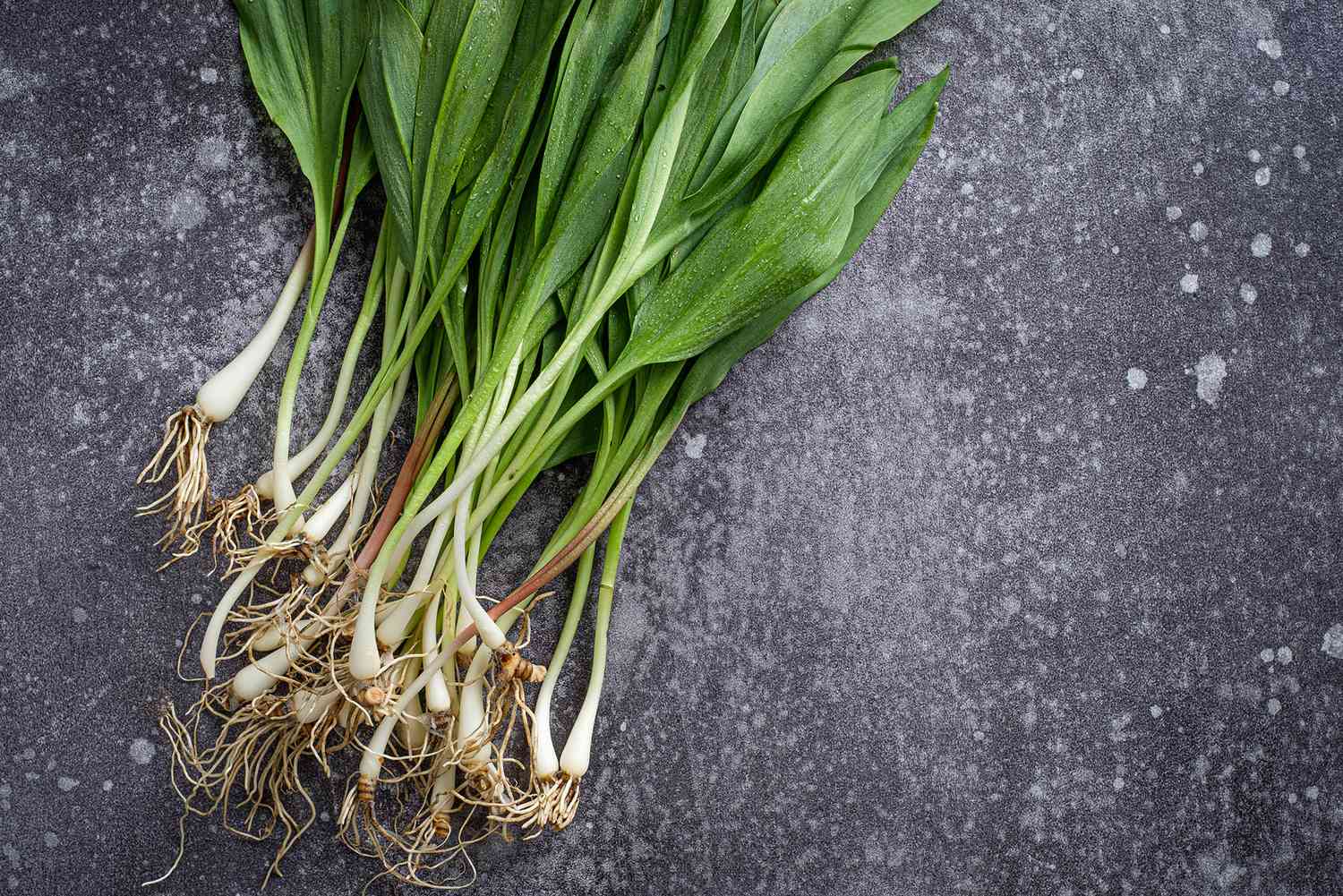
Ramps, also known as wild leeks, are a springtime delicacy that many food enthusiasts eagerly await. These pungent, garlicky greens have a rich history and unique characteristics that make them stand out in the culinary world. But what exactly makes ramps so special? Ramps are not just another leafy green; they are a wild treasure with a flavor profile that combines the best of onions and garlic. Their short growing season and limited availability add to their allure, making them a sought-after ingredient in gourmet kitchens. Ready to learn more about these fascinating plants? Let's dive into 15 intriguing facts about ramps that will leave you craving a taste!
Key Takeaways:
- Ramps, also known as wild leeks, are a spring delicacy with a unique garlic-onion flavor. They are packed with nutrients and have a short harvest season in April and May.
- Ramps have historical, cultural, and culinary significance, with Cherokee traditions, ramp festivals, and medicinal uses. They are popular in gourmet cooking and face environmental concerns due to overharvesting.
What Are Ramps?
Ramps, also known as wild leeks, are a type of wild onion native to North America. They have a strong flavor, often described as a mix between garlic and onion. Here are some fascinating facts about ramps:
-
Ramps are a Spring Delicacy: These wild onions are typically harvested in early spring, making them a seasonal favorite.
-
Native to North America: Ramps grow naturally in the eastern United States and Canada, thriving in rich, moist soil.
-
Distinctive Flavor: Their taste is a unique blend of garlic and onion, making them a popular ingredient in various dishes.
-
Nutrient-Rich: Ramps are packed with vitamins A and C, as well as essential minerals like iron and manganese.
-
Short Harvest Season: The harvesting window for ramps is brief, usually lasting only a few weeks in April and May.
Historical and Cultural Significance
Ramps have been a part of North American cuisine and culture for centuries. They hold a special place in the hearts of many.
-
Cherokee Tradition: The Cherokee people have used ramps for both culinary and medicinal purposes for generations.
-
Ramp Festivals: Many communities in the Appalachian region celebrate ramps with annual festivals, featuring ramp-themed dishes and events.
-
Medicinal Uses: Historically, ramps were used to treat colds and other ailments due to their high vitamin content.
Culinary Uses
Ramps are incredibly versatile in the kitchen. They can be used in a variety of dishes, adding a unique flavor profile.
-
Popular in Gourmet Cooking: Chefs love using ramps in gourmet dishes, from soups and salads to pasta and pizza.
-
Pickling Ramps: Pickled ramps are a popular way to preserve their flavor beyond the short harvest season.
-
Ramp Pesto: Blending ramps into pesto is a delicious way to enjoy their garlicky flavor.
Environmental Impact
While ramps are beloved by many, their popularity has led to some environmental concerns.
-
Overharvesting Issues: Due to their popularity, ramps are at risk of being overharvested in some areas, leading to conservation efforts.
-
Sustainable Harvesting: To protect wild ramp populations, it's important to practice sustainable harvesting methods, such as only taking a portion of the plant and leaving the roots intact.
Fun Facts
Ramps have some interesting quirks and trivia that make them even more fascinating.
Final Thoughts on Ramps
Ramps, also known as wild leeks, are fascinating plants with a rich history and unique characteristics. They thrive in the wild, often found in shady, moist areas of deciduous forests. These plants are not just a forager's delight but also a culinary gem, adding a distinct flavor to various dishes. Ramps have a short growing season, making them a rare and sought-after ingredient. Their nutritional benefits, including high levels of vitamins A and C, make them a healthy addition to any meal. However, sustainable harvesting is crucial to ensure their continued availability. Overharvesting can lead to a decline in ramp populations, so it's important to gather them responsibly. Whether you're a seasoned forager or a curious foodie, ramps offer a unique taste of nature's bounty. Enjoy them while respecting their natural habitat, ensuring future generations can savor their unique flavor.
Frequently Asked Questions
Was this page helpful?
Our commitment to delivering trustworthy and engaging content is at the heart of what we do. Each fact on our site is contributed by real users like you, bringing a wealth of diverse insights and information. To ensure the highest standards of accuracy and reliability, our dedicated editors meticulously review each submission. This process guarantees that the facts we share are not only fascinating but also credible. Trust in our commitment to quality and authenticity as you explore and learn with us.


